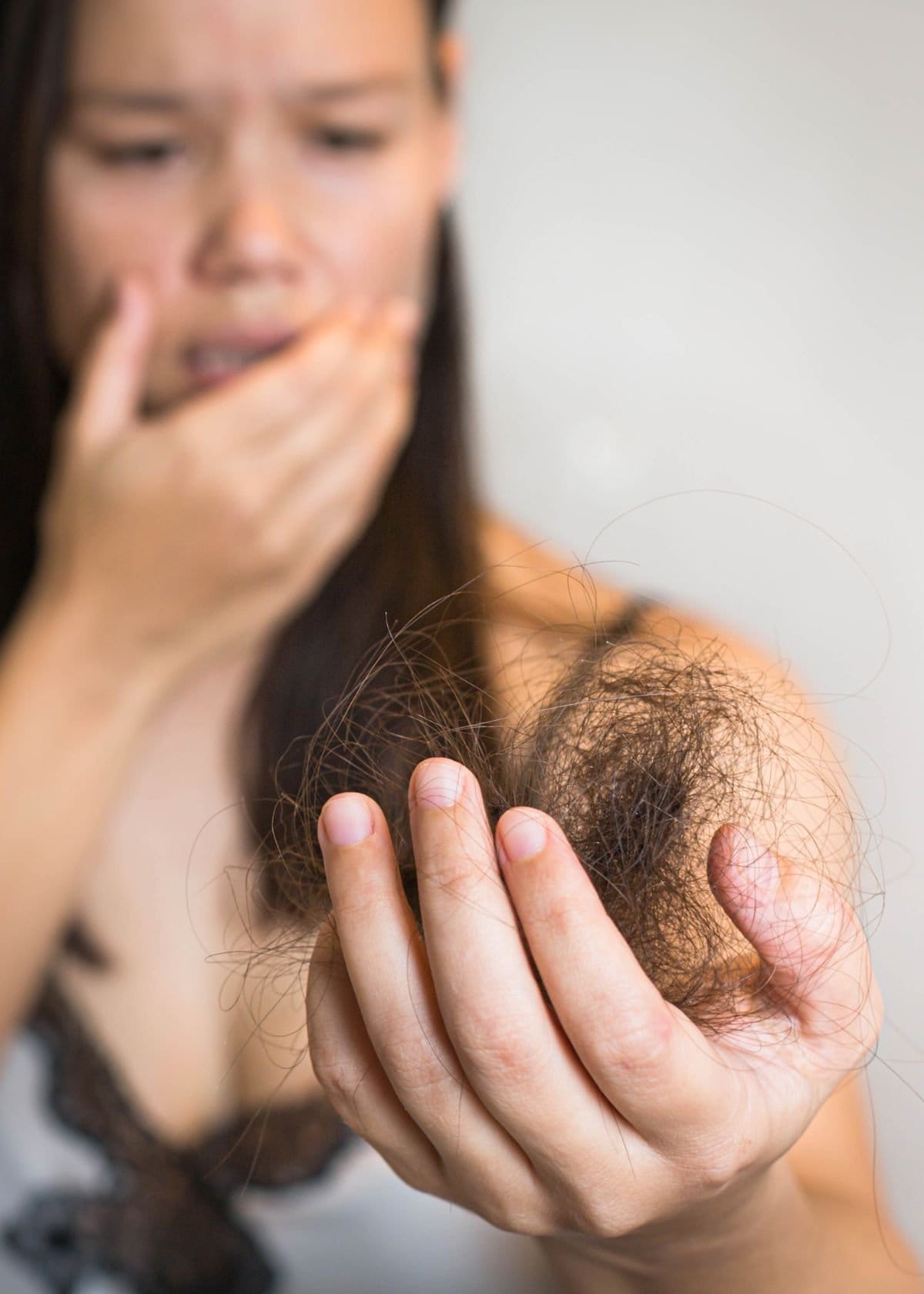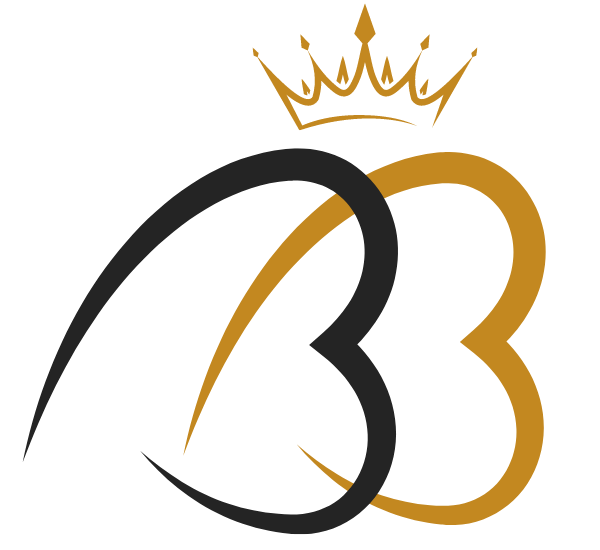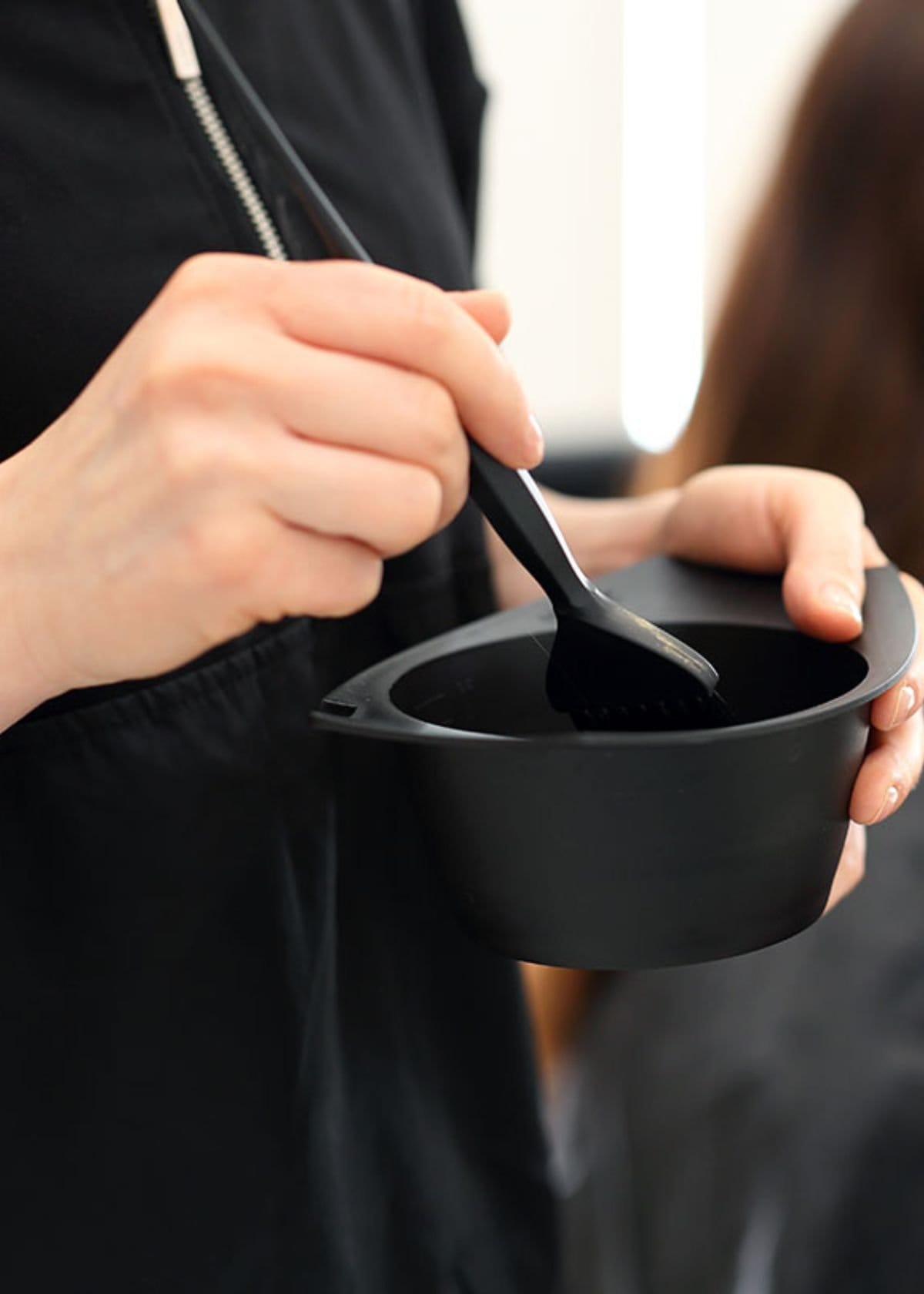Choosing the right developer to use with toner in hair coloring is more crucial than many might think. A developer is a key ingredient that, when mixed with hair dye or toner, opens up the hair cuticle, allowing the color to penetrate deeply.
However, not all developers are created equal; they come in various strengths, commonly referred to as volumes.
Understanding which volume of developer to use matters significantly because it should match both your desired outcome and the natural characteristics of your hair. For instance, while a 30-volume may be suitable for achieving three levels of lift on certain textures and depths of natural hair color when dying permanently, it poses risks when used in tandem with toners—especially on black or very dark hair where severe damages could ensue.
It's important never to use any developer alone without mixing it appropriately with bleach or color products as intended by manufacturers. Straying from recommended usage can lead you away from getting those dreamy tones you're aiming for and straight into territory marked by damaged strands.
Let's get into why reaching for that bottle labeled '30' might not be the best choice when planning your next tone session. Keep reading!
- Using a 30-volume developer with toner often leads to hair damage and breakage due to its high strength, which is more suitable for lifting permanent hair color depending on texture.
- To avoid the risks that come with a 30-volume developer, you can choose a lower-volume developer like 20-volume, which matches well with Wella's T18 toner and minimizes potential harm to your hair.
- Another safe route is opting for demi-permanent or semi-permanent colors that don't need high-volume developers, along with considering gentle alternatives such as violet-based shampoos or conditioners for maintaining the desired tone without damage.
- Seeking advice from professional hair stylists can provide tailored solutions that suit your specific hair needs while avoiding unnecessary risks associated with using developers who are too strong.
- Prioritizing your hair's health by selecting appropriate developer strengths and considering non-damaging methods of toning will lead to healthier, vibrant-looking locks.
Understanding Developer Strength
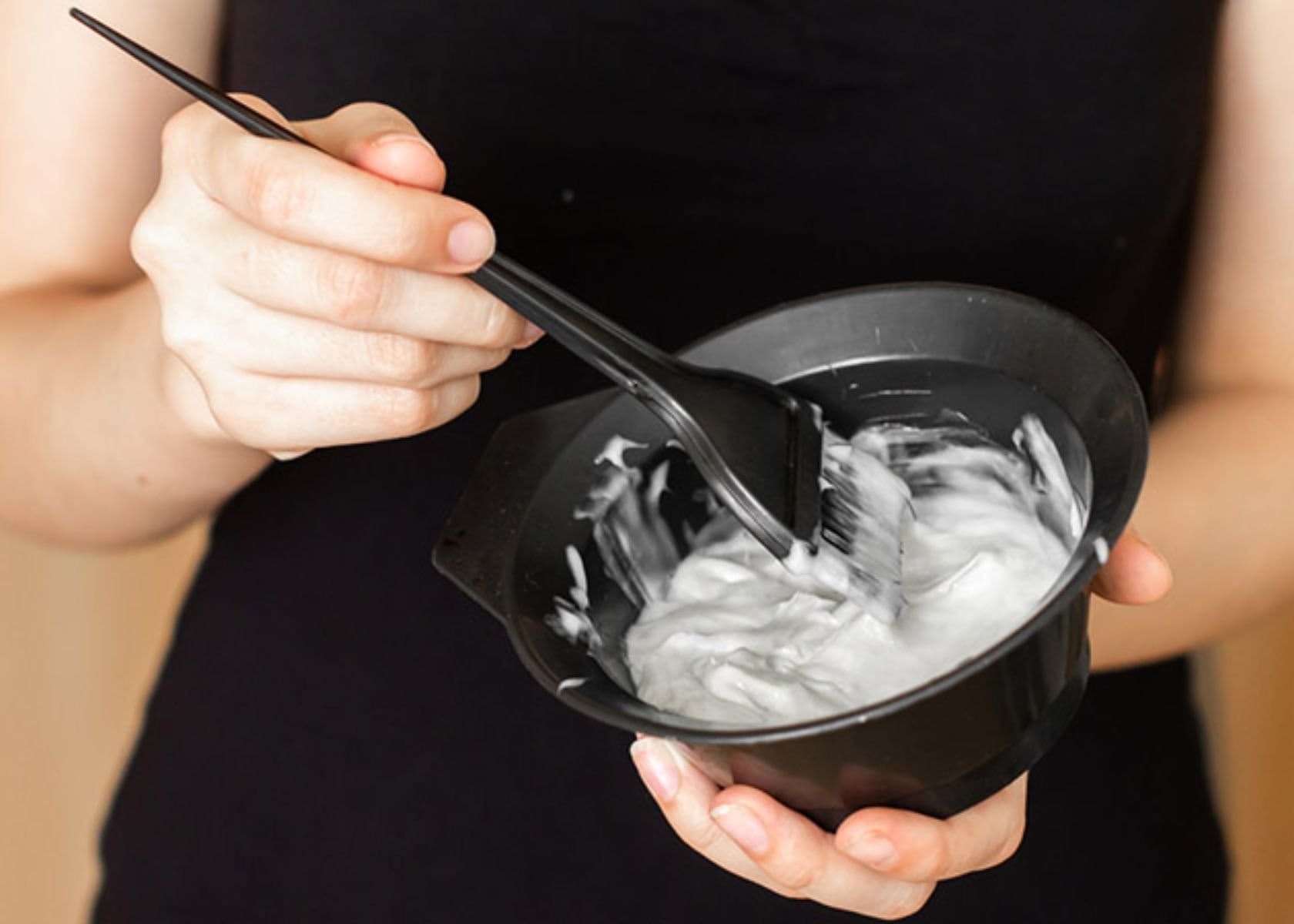
The developer is a crucial component in hair coloring products. Different levels of developer strength are used for various purposes, such as lightening natural grey hair color or depositing new color.
What Is a Hair Developer?
A developer plays a crucial role in hair coloring and lightening processes. It is mainly a hydrogen peroxide and gives a natural shade without much grey coverage or grey blending. It activates the color or toner, allowing it to penetrate the hair shaft for lasting results. This liquid or cream contains hydrogen peroxide, which adjusts the cuticle of the hair so that color can enter effectively.
Without a developer, hair dye wouldn’t work as intended.
Different developers come with varying strengths measured in volume. The strength you choose directly impacts how much your hair lightens or how well the color takes. For instance, using 30 volume developer helps to lift root areas and provides significant lightening when used with permanent hair dye.
However, it's essential to match the developer's strength with your desired outcome and follow product instructions carefully for safety and effectiveness.
Choosing the right developer is key to achieving optimal results without risking damage to your hair. Always use developer in combination with bleach, toner, or color as directed on product labels.
Avoid using high-volume developers like 30 volume unnecessarily to prevent possible breakage and maintain healthy-looking locks. A higher volume developer means a very high shift in hair color, especially in fragile baby hairs.
Can You Use 30 Volume Developer with Toner?
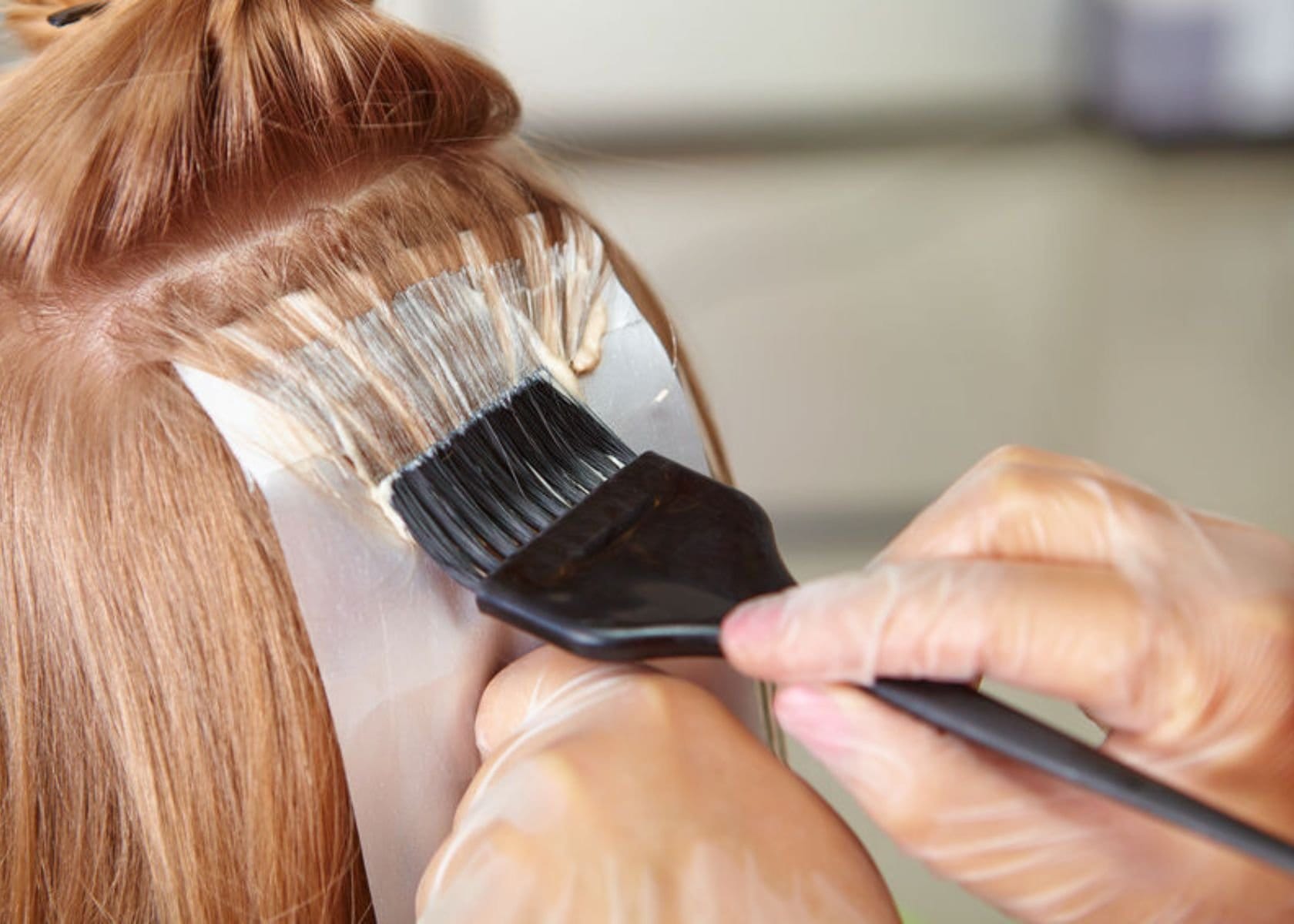
Using a 30-volume developer with toner can be risky due to its high strength, potentially causing over-processing and damage to the hair. An alternative is using a lower-volume developer or diluting the 30-volume developer for better control of the lightning process.
Risks Associated with Using 30 Volume Developer
Using 30 volume developer with toner can lead to hair breakage and damage, as it is a higher-strength developer meant for lifting natural hair color. This high-volume developer may cause excessive lightening when used with toner, resulting in over-processing and weakening of the hair strands.
It is crucial to consider the potential risks and harm to light brown hair before choosing to use a 30-volume developer with toner, especially on black or previously colored hair.
Furthermore, applying a 30 volume developer with toner may exceed the necessary lift required for toning and could result in an undesired outcome. To reduce the chances of damage, it's essential to opt for the correct developer strength that aligns with your specific hair needs, following the guidelines provided by both the toner and the same developer manufacturers.
Alternatives to Using 30 Volume Developer with Toner
To avoid the risks associated with using 30 volume developer with toner, consider the following alternatives:
- Opt for a lower volume developer suitable for use with toner to minimize hair damage and breakage. However, you do not expect a volume 5 developer to offer grey coverage.
- Use a 20-volume developer as recommended for Wella's T18 toner to achieve the desired results without compromising hair health. It may create a very slight shift in the hair.
- Explore demi-permanent or semi-permanent hair color options that do not require higher volume developers, providing a safer alternative for toning.
- Consider using a violet-based shampoo or conditioner to neutralize unwanted brassy tones in the hair instead of relying solely on toner and high-volume developers.
- Seek professional advice and guidance from a hairstylist to find alternative methods for achieving the desired hair color without resorting to high-volume developers that may be damaging.
- Experiment with gentle at-home hair toning treatments that are specifically formulated for use with lower volume developers to maintain hair integrity while achieving the desired shade.
- Prioritize the health and condition of your blonde hair by exploring gentle, non-damaging methods of toning, such as using natural remedies like apple cider vinegar or chamomile tea rinses.
Can I Use 30 Developer with Toner - FAQs
Toner and developer work together in laser printers and copiers to create the printed image on paper. While most toners are designed to work with a specific developer, some users wonder if they can mix and match toners and developers from different brands or types.
Below are some frequently asked questions about using 30 developers with toner to help clarify if they are compatible and what factors to consider when using third-party or off-brand supplies.
What does a 30 volume developer do when used with toner?
A 30-volume developer helps to lift the root area and lighten hair when combined with toner, making your desired hair color more vibrant. It is not good for permanent color lines.
Can I mix bleach and a 30 volume developer for hair lightening?
Yes, mixing bleach with a 30-volume developer is common for achieving significant hair-lightening effects before applying toner for an even tone.
How do I choose the correct strength of developer for my hair?
Choosing the right developer strength depends on your target level of lift or lightening. A 30-volume developer is best for higher lifting levels, especially in bleaching and toning processes.
Is it safe to use a 30 volume developer with toner on my own?
While you can use a 30-volume developer with toner at home, it's essential to follow product instructions carefully or consult a professional in a hair salon to avoid damaging your more resistant hair types.
Can diluting a 30 volume developer affect its performance with toner?
Diluting a 30-volume developer may reduce its lifting power, so it's crucial to use it as directed when aiming to achieve specific lighting goals or working on bleaching techniques alongside using toner.
Conclusion
Choosing the correct developer strength is crucial for successful toning and hair treatment. By using the recommended developer volume, you can minimize the risk of damage to your hair and achieve beautiful results.
The impact of following these guidelines can lead to healthier and more vibrant-looking hair. For further information on developer strengths or toner applications, consult a professional hairstylist or refer to reliable hair care resources.
Empower yourself with the right knowledge and techniques to achieve stunning results in your hair care routine. Share your experience of using 30-volume developer with toner in the comments below.
Read More About Hair Toning Tips
